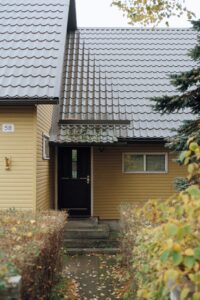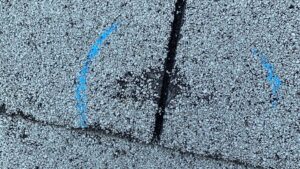If it is time to get new siding for house, whether it’s due to the siding’s age or your home needs an exterior make over for curb appeal the color you choose is important. By itself, the color of a house’s siding can make it look classic, crisp, and fresh, traditional and refined, laid-back and modern, unoriginal and generic, or old and drab. Vinyl siding can last 25 years, so take time to consider which colors are right for your siding installation project.
This is one choice you want to get right when making changes to your home. Take a few minutes to look over these tips for choosing the right color for your siding project.
How to Choose a Color for Your Siding Installation
Popular Siding Colors in Minneapolis
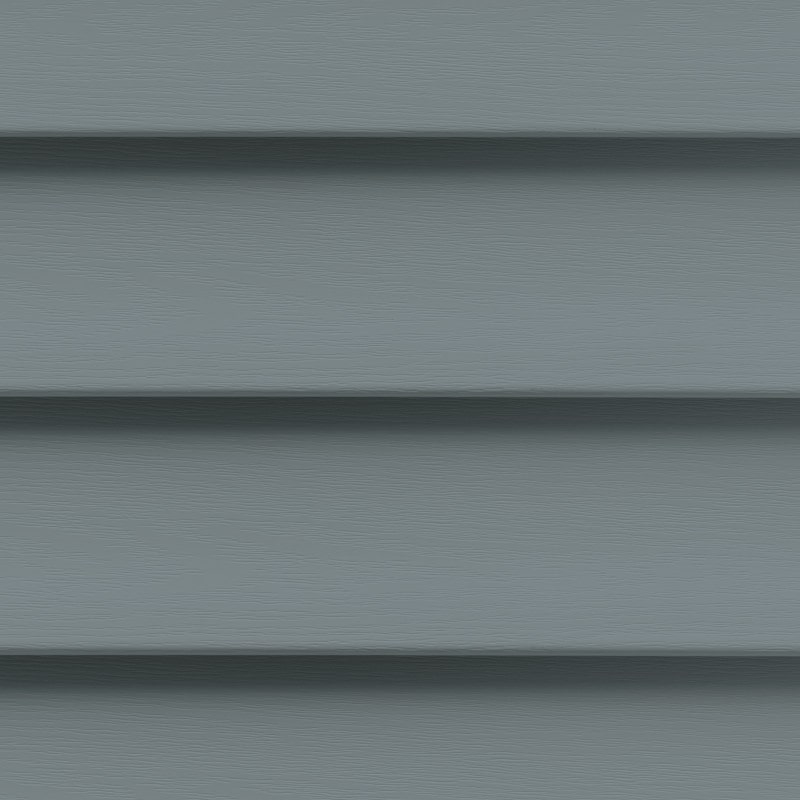

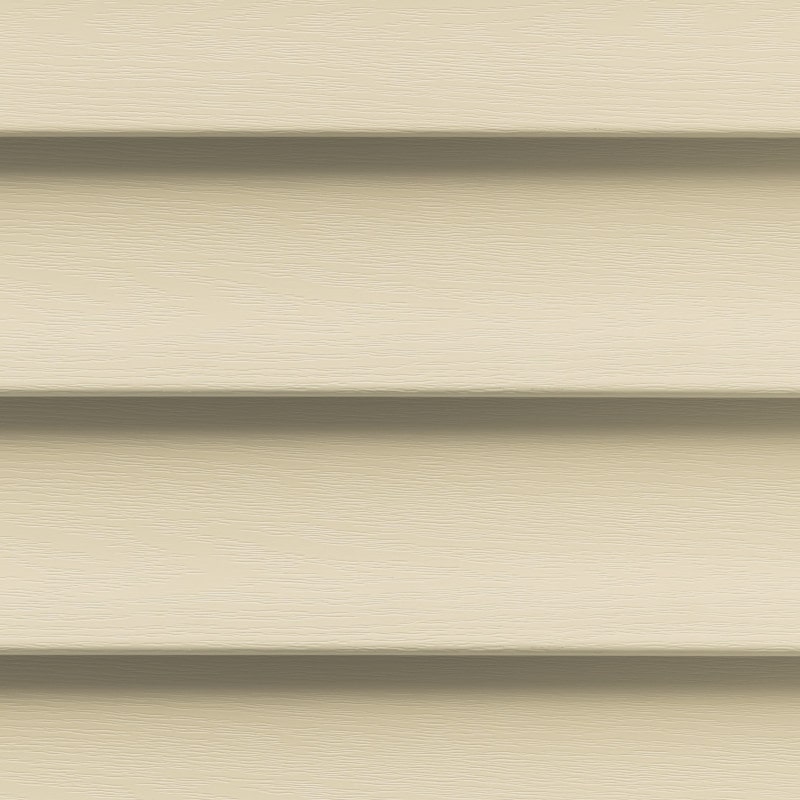
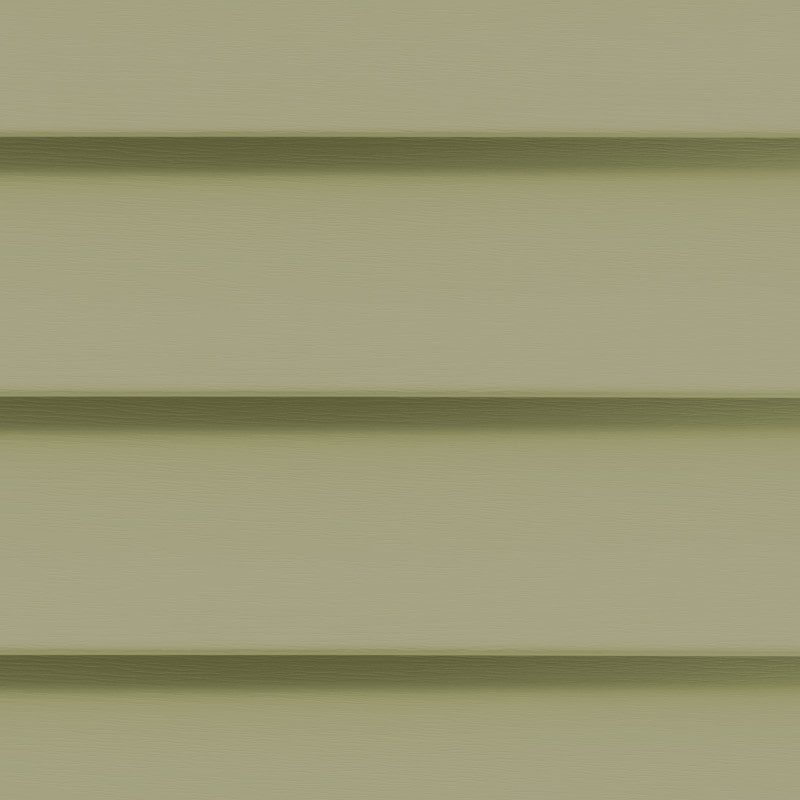
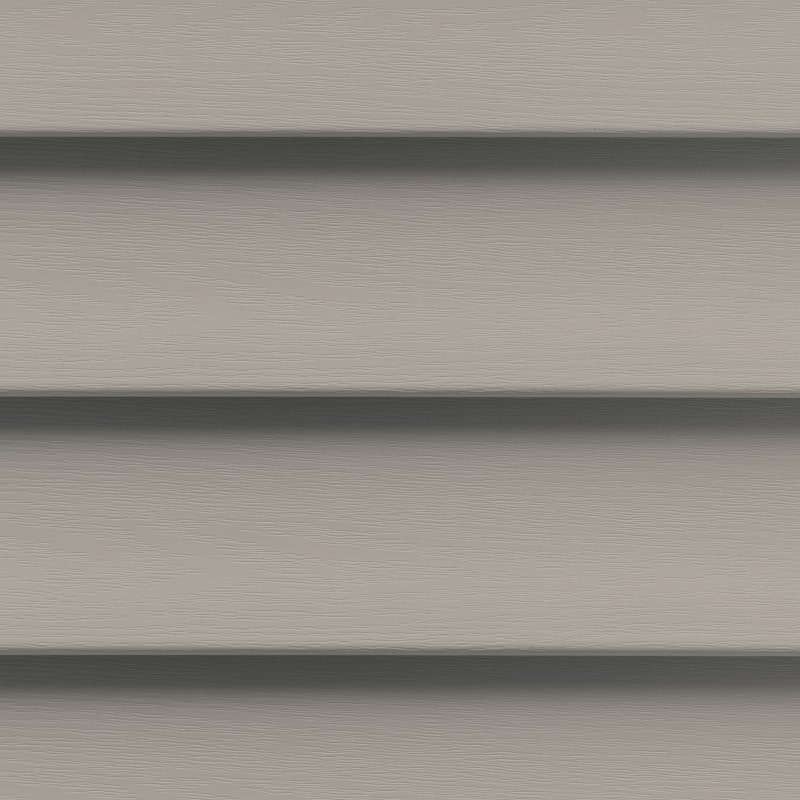
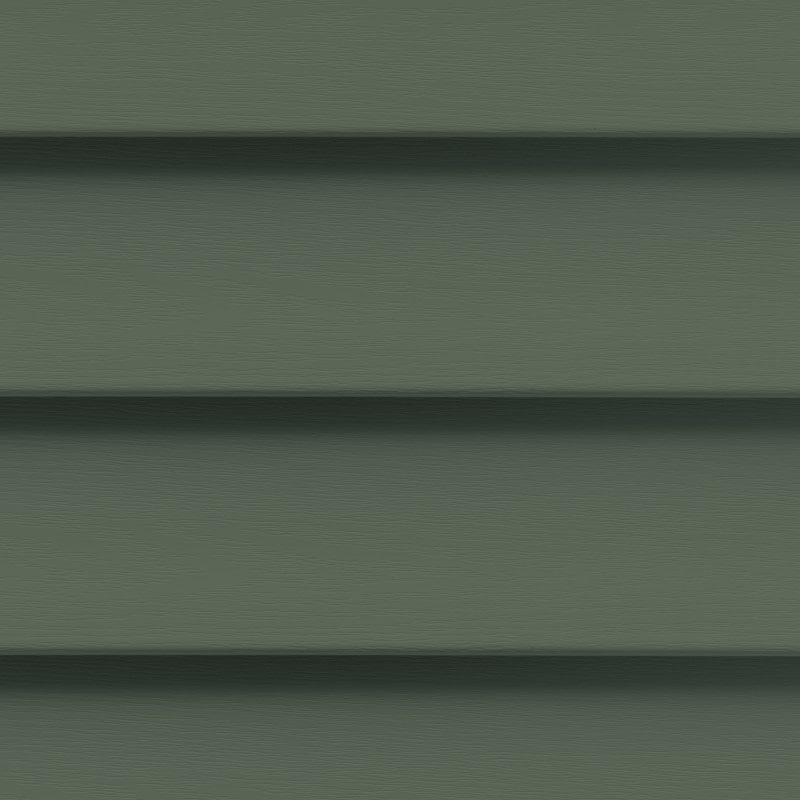
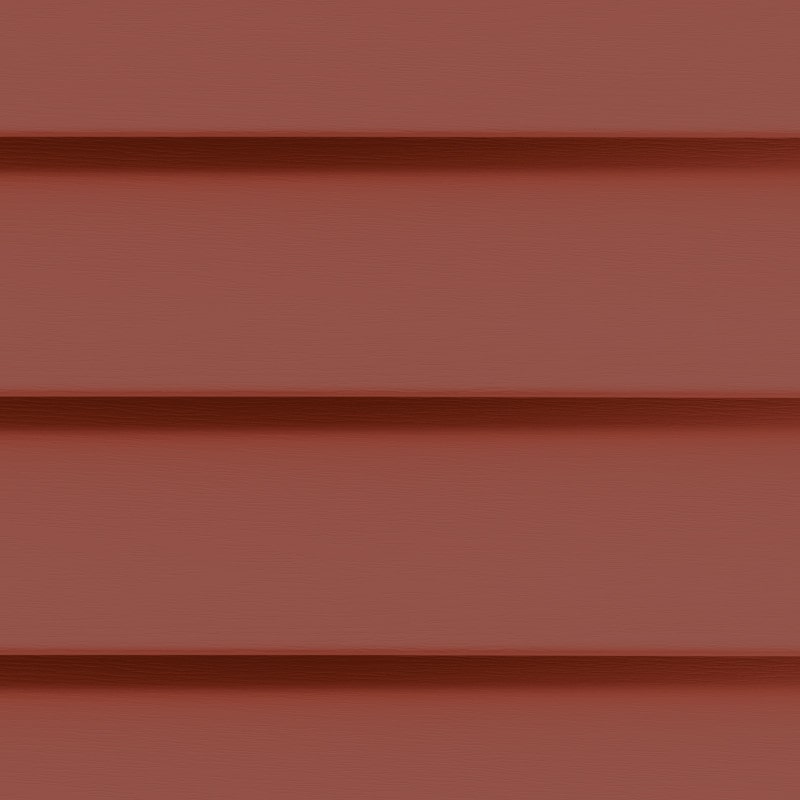
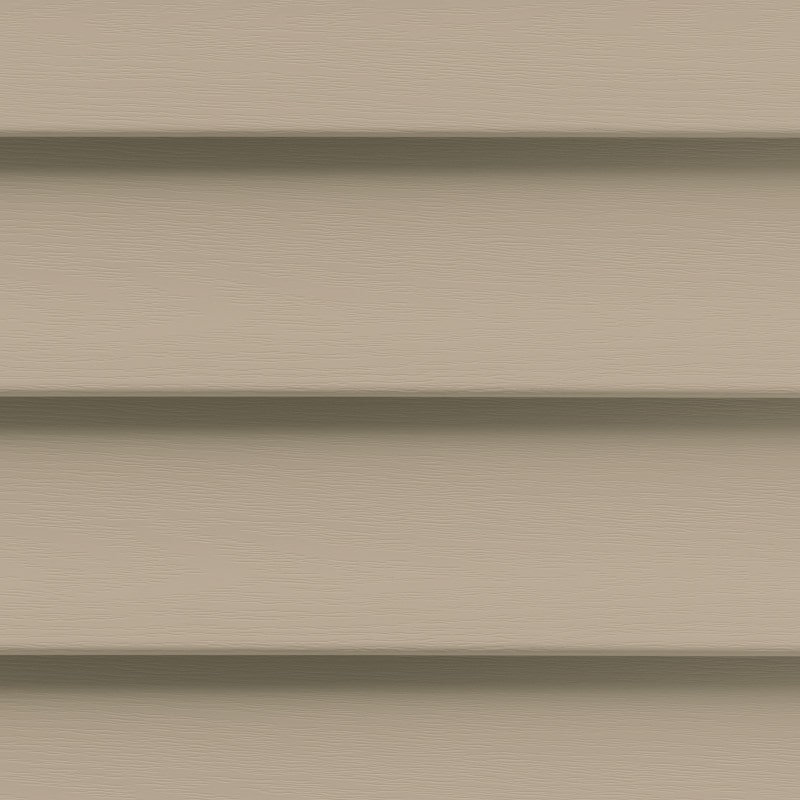
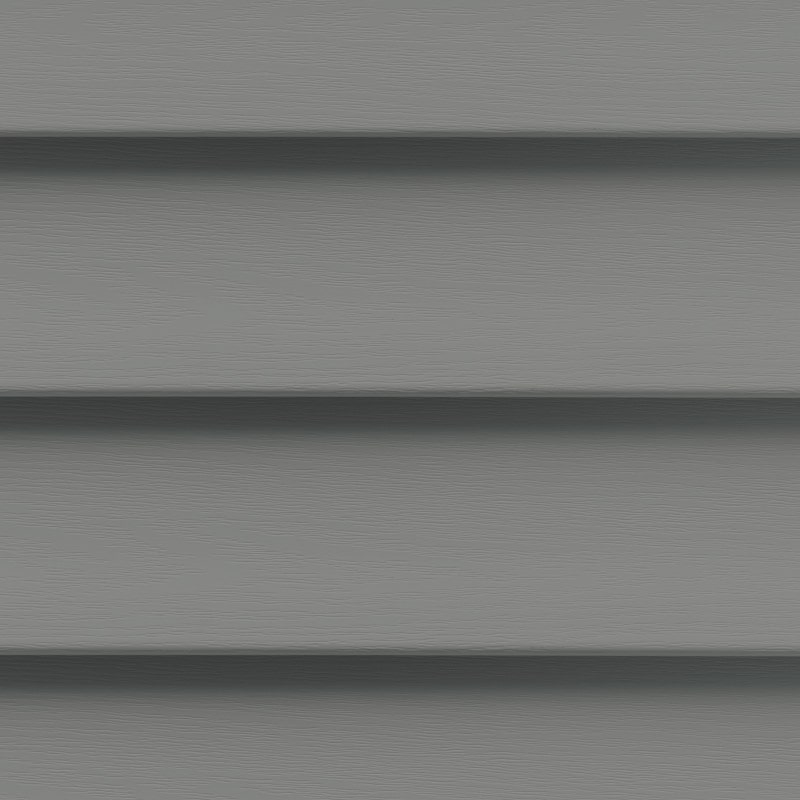
Most people choose siding colors that are light and neutral, like white, beige, cream, and light gray. Then come darker grays and shades of blue, green, red, yellow, and earth tones.
A neutral color like cream might seem like the safest choice, but siding can be any color you want.
All shades of blue are very stylish, from light baby blues and coastal blues to deep indigoes and navy blues that are good for business people.
Sage greens that are lighter and less bright, olive greens that are in the middle, and rich forest greens are all elegant choices.
People often think of gray as a sophisticated, elegant, calming, and mature color. All shades of earth tones make people feel calm, grounded, and at ease.
Red is a surprising color because it can work in the country, the suburbs, or the city. Deep, strong reds look modern, while deep, muted reds have a rustic look that doesn’t make you look like you live in a barn.
When it’s on the lighter side, yellow is fresh and charming. When it’s bright, it gives you energy, and when it has a touch of mustard, it makes you feel at home.
Bolder colors like dark slate, midnight blue, and black show that you have good taste and a refined style, at least when they are used right.
What color siding goes with different building styles?
Earth tones go well with the style of a craftsman. Think olive green, dark brown, and bold reds with a rustic look.
Pastel colors and lighter colors work well with the Victorian style.
The homes in Tuscany have a mix of warm colors and cool stones.
The whites, blues, and almost-there sage in Low Country homes are light and fresh.
Mediterranean homes have roofs made of warm terracotta and walls made of orange and peach colors.
French Country homes are versatile and high-end, so use natural neutral colors with hints of blue, green, or yellow that aren’t too strong.
Modern homes have sleek colors like steel, slate, gray, and blue.
Making a Color Palette for your siding, roof and gutters
The outside of most homes has more than one color. Even though the roof, siding, window frames, doors, garage door, and other parts may be different colors, they must still look like they belong together.
Because of this, you shouldn’t choose the color of your siding without taking into account the colors of your roof installation, exterior trim, any stone, brick, or wood on the outside of the house, and other outdoor features like a stone driveway.
Color palettes are a great way to find groups of colors that look good together.
In a three-color palette, one color is the most important, and the other two colors are used to go with it. This works great for an exterior with three colors, where the siding, roof, and trim all have their own colors.
First color: the main color that most or all of the siding is.
The second color is found on the roof, in sections of stone or brick on the outside, or in a smaller section of siding.
The third color is found on the trim around windows, doors, and other features that stand out.
A four-color palette has one main color, two colors that go well with it, and a fourth color that stands out. This would look good on a house with different colors for the siding, roof, driveway, and trim.
Here’s a little more about color palette options.
How to Choose and Use Colors for your Home’s Exterior
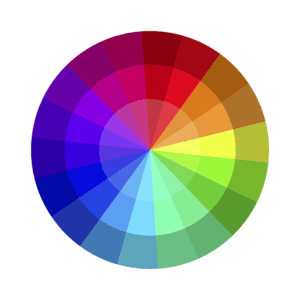
Looking for colors for your siding and gutters that will make your roof look good? Or are you stuck trying to find the right shade of cream to make your roof, driveway, and brick accent wall look better? The above color wheel will help with choosing colors, we also like using a color palette generator.
You can use color schemes to find colors that work well together and give the look you want.
But before we talk about those, here’s a quick look at how colors are named and used. If you know these terms, it will be easier to figure out why a color is or isn’t what you want and to find the right one.
Hues: A hue is how most people talk about a color. Hues include orange, red, pink, blue, and green.
| Tone | A tone is a color that has some gray added to it. Gray-toned blues include slate blue and steel blue. |
| Color Shade | A shade is a color that has been made darker by adding black to it. There are many shades of blue, like dark blue and navy blue. |
| Color Tint | A color or hue that has been made lighter by adding white is called a tint. Blues with more white in them are called powder blue, baby blue, and pastel blue. |
| Color Saturation | This is the color’s intensity. You can think of it as the “colorfulness” of a color. For instance, a pale yellow is less colorful than a mustard yellow that is darker. Teal blue, which is brighter, has more color than eggshell blue. |
6 Color Combinations for your Siding and Roof Installation
Monochromatic colors
In a monochromatic color scheme, different tints, shades, and tones of the same color are used. You can have as many different kinds as you want, but it’s probably best to stick to three or four colors.
Simple, cohesive, and easy on the eyes, monochromatic schemes use only one color.
Analogous colors
Similar color schemes use three colors that are next to each other on the color wheel. One is more important than the other two, and the third is used to emphasize.
Colors with the same amount of chroma can be used in these schemes, or some colors can be turned down to let the main color stand out.
Complementary color palette
Palettes that are complementary use two colors that are on opposite sides of the color wheel. This has a lot of contrast, which can be changed by changing how strong each color is.
Contrasting color palette
A split complementary palette is made up of one main color and two colors that are next to its opposite color.
Triadic Colors
A triadic palette uses three colors that are evenly spaced around the color wheel. (For example, different shades of blue, red, and yellow.)
Double Complementary or Tetradic Colors
A tetradic palette has four colors that are all the same distance apart on the color wheel.
Finding a siding color that goes well with other exterior features is important.
Unless you’re redoing the whole outside of your house, it’s likely that you already have colors that your new siding needs to match.
Here are some tips on how to match those things.
Siding, Window, Roof and trim Color Palettes
Take a look at the below color palettes, all three use the same gray and dark blue colors while only the accent color in the middle changes



Roof Colors
The roof goes on top of the house, and it’s best to use lighter siding in the same color or a different one.
Black roofs look good with white, gray, and soft colors.
Gray roofs look good with slate gray, light gray, off-white, and blues or greens that have a gray tone to them.
Brown roofs look good with earthy colors and grays with more contrast.
Green roofs look good with white, cream, gray, earth tones, and blue.
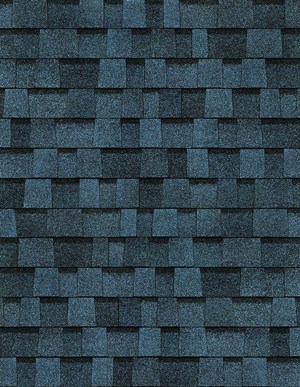
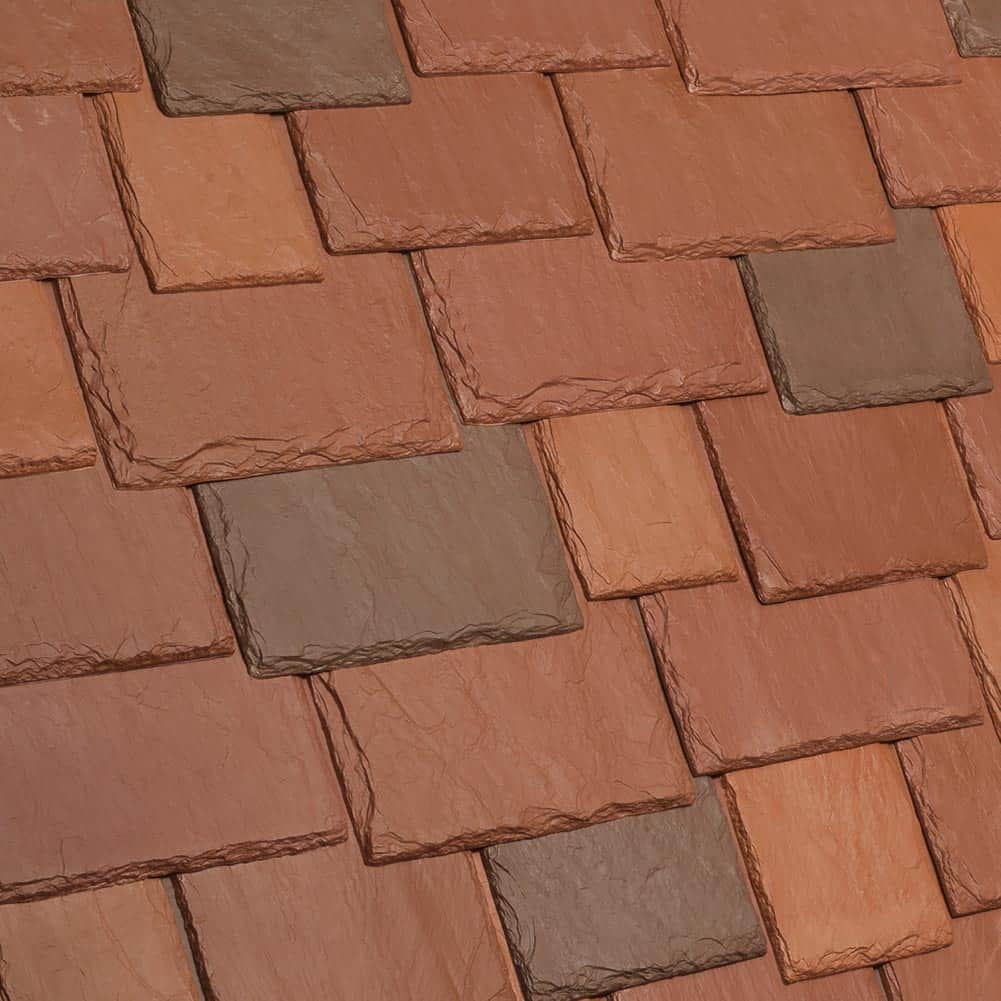
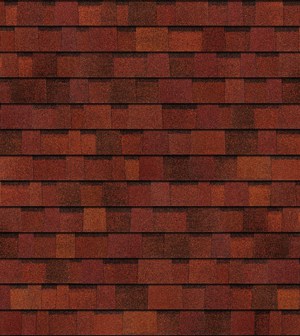
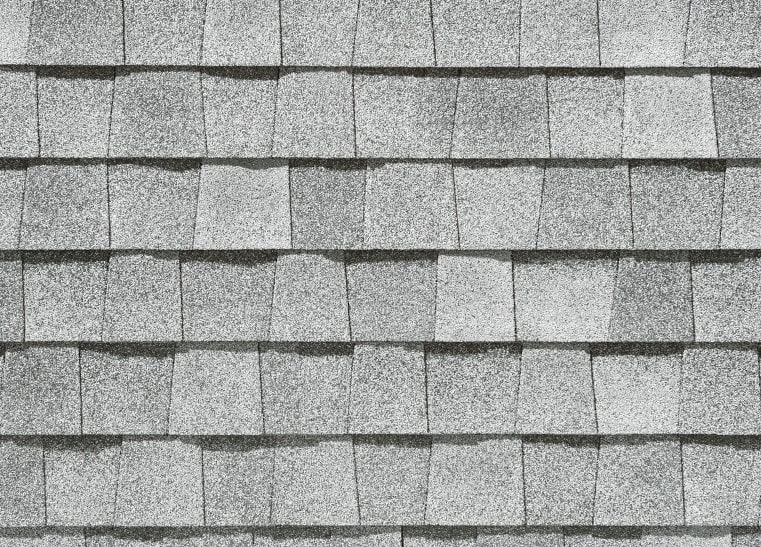

Downspouts, Eavestroughs, and Gutters
Think of the gutter system as a feature that makes the house stand out. Our most popular gutter system installation color right now is black, we also love the pop of a copper or white gutter system.
Doors and Window Shutter Color
The way windows and doors look can be thought of as an accent, with both the shutters and trim being easy to change or install new windows.
Brick Accent Work
Take the brick’s colors and put them into your color palette. You might want to match the brick’s level of brightness or darkness.
How to Choose the Color for Your New Siding
Start by figuring out how many colors of siding you need to find or match. Then you can either design around an existing color or choose the color of the siding. After you choose a color, choose a tint, shade, tone, or intensity. Then, use a color scheme tool to make a siding palette that looks good.



